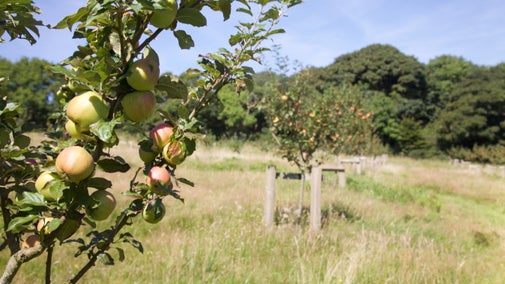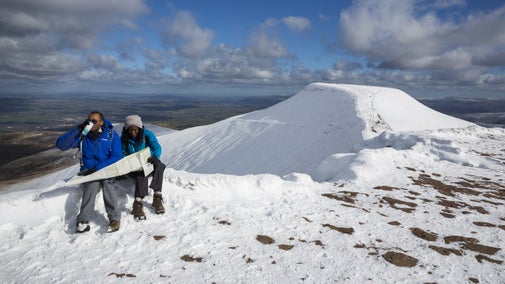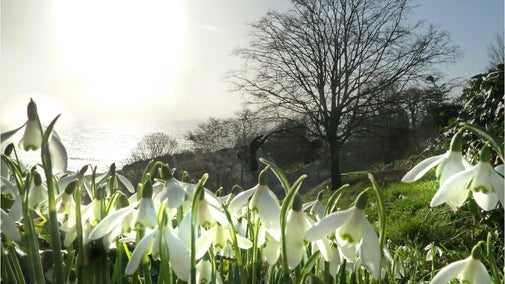Plas yn Rhiw and Rhiw village walk
Wales
A relatively short but quite challenging walk with coastal views and fascinating history. Head up through coastal woodland to the village of Rhiw, skirting around the base of the mountain and back down to Plas yn Rhiw along country lanes.
Near to
Plas yn RhiwStart point
Car park at Plas yn Rhiw, grid ref: SH237282Trail information
More near here
Plas yn Rhiw
Delightful manor house with ornamental garden and wonderful views.

Porthor walk
The views are spectacular along this rugged coastline on the northern side of the Llŷn Peninsula. This is a great walk to absorb some of the history and heritage of the area.

Porth Meudwy coastal walk
A circular coastal walk on the Llŷn Peninsula from Aberdaron along the headland to the small fishing cove of Porth Meudwy.

Get in touch
Our partners

We’ve partnered with Cotswold Outdoor to help everyone make the most of their time outdoors in the places we care for.
You might also be interested in
Walking in Wales
Explore wide open landscapes, gentler coastal strolls or energetic hikes for something a little more challenging. We've rounded up some of the best places to walk in Wales.

Cotswold Outdoor: our exclusive walking partner
Learn about the National Trust’s ongoing partnership with Cotswold Outdoor. Find out how they help us care for precious places and the exclusive discount available for National Trust supporters.

Follow the Countryside Code
Help to look after National Trust places by observing a few simple guidelines during your visit and following the Countryside Code.

Staying safe at National Trust places
The special places in National Trust care sometimes come with a few risks for visitors, be it coastline or countryside. Find out how to keep safe throughout your visits.

Visiting the house at Plas yn Rhiw
Visit Plas yn Rhiw in Gwynedd to find out how the past tenants made this house into a comfortable home.

Visiting Plas yn Rhiw with your dog
Plas yn Rhiw is a one pawprint rated place. Here is a guide for what to expect when bringing your dog to Plas yn Rhiw in Gwynedd in Wales.

Visiting the garden at Plas yn Rhiw
The garden at Plas yn Rhiw has a lot to offer through the seasons, from delightful snowdrops to an orchard of fruits and enchanting flowers.

Walking
Explore some of the finest landscapes in our care on coastal paths, accessible trails, woodland walks and everything in between. Find the best places to walk near you.

